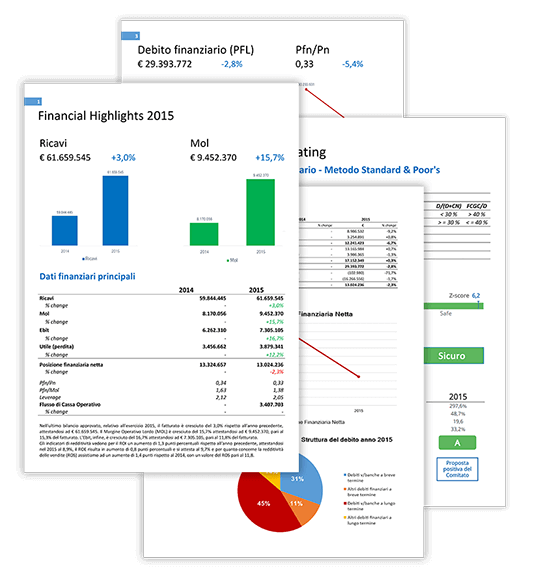
If you’ve ever needed to provide proof of your financial transactions or verify your income, you’ll understand the importance of a bank statement. A bank statement is a summary of your financial activities within a specific period, typically a month. It includes details of your deposits, withdrawals, and account balances. Creating a create a bank statement might seem daunting, but with the right information and tools, you can easily generate an accurate representation of your financial history.
Whether you need a bank statement for a loan application, rental agreement, or personal record-keeping, understanding the process of creating one can save you time and hassle. In this guide, we’ll walk you through the steps to create a comprehensive and accurate bank statement.
Gather Your Financial Information
Before you start creating your bank statement, gather all your financial information. This includes your account transactions, deposits, withdrawals, and any other relevant data.
Choose a Template or Software
To streamline the process, consider using a bank statement template or software. Many financial management tools offer statement-generation features that can save you time and ensure accuracy.
Enter Personal Details
Begin by entering your personal information at the top of the statement. Include your name, address, contact details, and the period the statement covers.
Add Account Information
Specify the account details for which you are creating the statement. Include the account number, type (e.g., savings or checking), and the bank’s information.
Include Transaction Details
List all your transactions during the specified period. Include the date, description, type (debit or credit), and amount for each transaction. Organize them chronologically.
Calculate Balances
Calculate and display the account balance after each transaction. This running balance provides a clear overview of your financial status throughout the statement period.
Review the Statement
Thoroughly review the statement for accuracy. Ensure that all transactions are correctly entered, and the balances are accurately calculated.
Read it: Pay Stub and Pay Rate
Add Necessary Disclaimers
Depending on the purpose of the statement, you might need to add disclaimers about the accuracy of the information provided.
Generate PDF or Print
Once you’re satisfied with the statement, generate a PDF file or print it out. Make sure the formatting is neat and the information is legible.
Common Mistakes to Avoid
Avoid common errors such as missing transactions, incorrect balances, and typographical mistakes. Double-check all details.
Using Online Banking Services
Many banks offer the option to download official statements from their online banking platforms. These statements are usually accepted without question for official purposes.
Benefits of Keeping Accurate Statements
Accurate bank statements are essential for financial planning, budgeting, and maintaining a clear financial record. They can also be crucial for tax filing and audits.
Safety and Security Measures
When creating electronic statements, ensure that you are using a secure and private network. Protect your personal and financial information from potential threats.
Read it: Fake Bank Statements for Loan: Risks and Consequences
Conclusion
Creating a bank statement might seem complex, but with the right approach, it’s a manageable task that can provide you with valuable financial insights. By following the steps outlined in this guide, you can generate an accurate and professional bank statement whenever you need it.
FAQs
- Can I create a bank statement using Microsoft Excel?
- Yes, you can use Excel to create a bank statement by setting up columns for transaction details and balances.
- Is there a specific format required for a bank statement?
- While there’s no strict format, it’s important to include all relevant transaction details and maintain a clear, organized layout.
- Can I edit a generated bank statement later?
- It’s recommended not to edit a generated bank statement, as this could raise questions about its authenticity.
- Are digital bank statements accepted for official purposes?
- Yes, in most cases, digital bank statements are accepted as long as they’re from a reputable source and include all necessary information.
- What should I do if I find an error in my bank statement after creating it?
- If you discover an error, contact your bank immediately to rectify the mistake and request a corrected statement.



